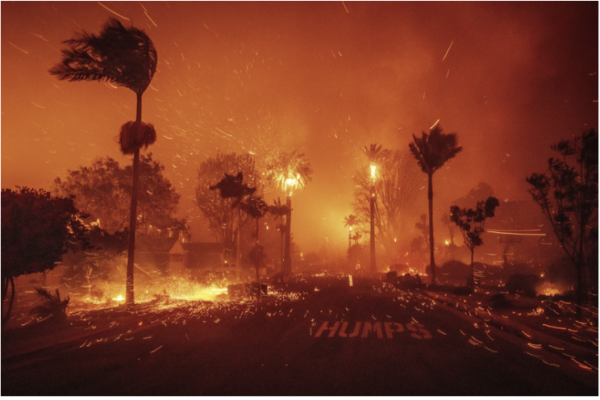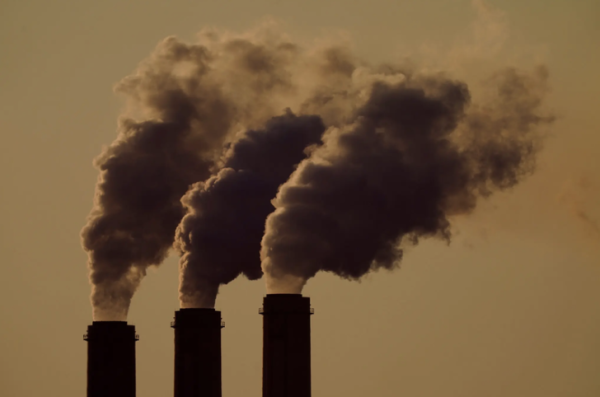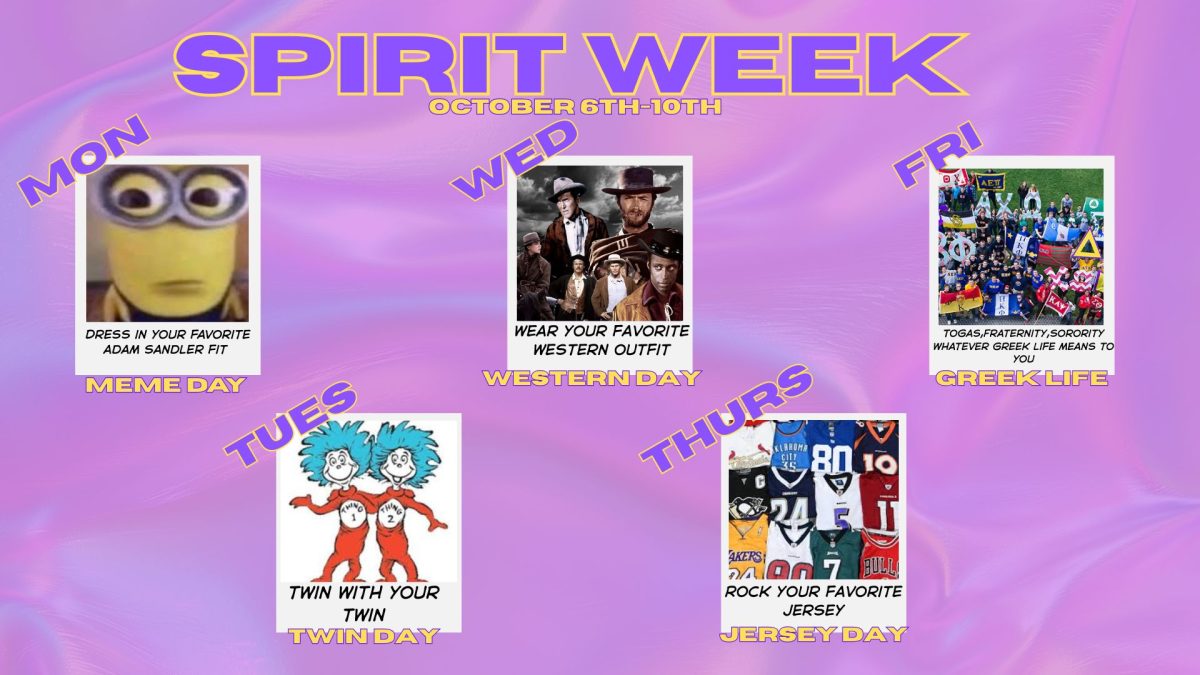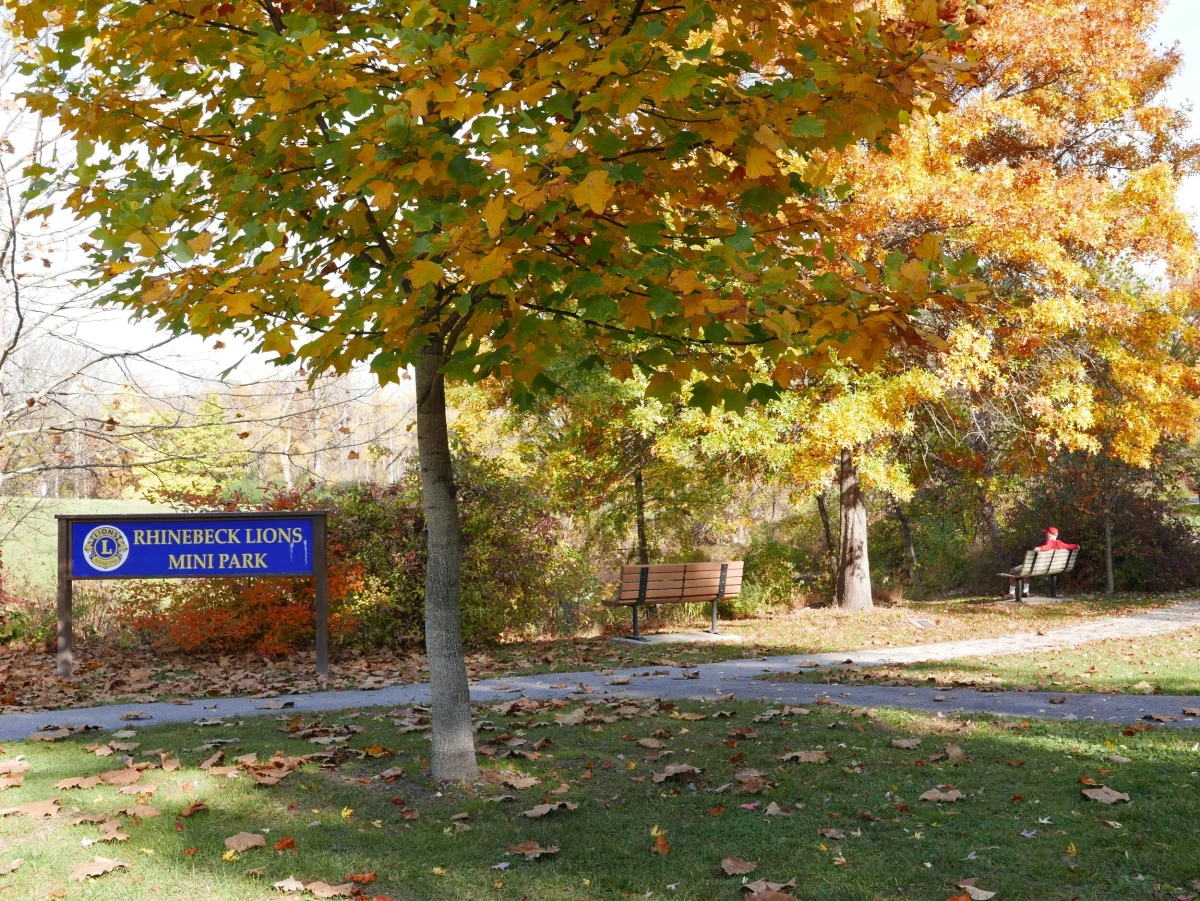Over the past few decades, one of America’s main goals has been to lower greenhouse gas (GHG) emissions and prevent the progression of global warming. As demonstrated by the Inflation Reduction Act, put in place to use more solar and wind power, reducing GHG emissions by nearly 20% or more, climate change was on the forefront of the government’s attention. Climate change is taking a big toll on America; with a warmer atmosphere, a warmer, more acidic ocean, higher sea levels, and a more sporadic precipitation pattern, climate change is on track to ruining peoples lives and potentially the end of the modern world as we know it. There are many committees in place to lower globalization, there’s a chance to turn back time and save the world, but with recent political shifts, it looks like the United States doesn’t care.
What The Government Has Done:
Nations all over the world are coming together to fight the real problem of climate change; one agreement made between over 150 nations is the Paris Climate Agreement. The Paris Climate Agreement is a pact between 195 nations to decrease the amount of GHG released and to keep global warming levels down. 2024 was the hottest postindustrial year in the United States, with temperatures rising 2.7°F, which may seem small but can resort in extremely fatal heat waves, wildfires, and droughts. With this extreme rise in temperature and lives on the line, does it make sense for the United States to pull out of the Paris Climate Agreement? The US joined four nations not producing oil and natural gasses in the world, with levels of oil production increasing year by year. Trump claims “climate extremism has exploded inflation and overburdened businesses with regulation,” and with this has made one of his goals these next four years to double down on fossil-fuel extraction/production and move away from clean energy.
Previously, one of the Biden Administration’s main goals was to limit coal, oil, and gas emissions by raising costs to operate coal plants, limiting drilling leases, and investing billions of dollars towards low-carbon technologies. This framework, along with staying in the Paris Agreement, would have lowered global temperatures significantly. The United States is still a part of the U.N. Framework Convention on Climate Change, but the future of America and its connection to the worsening climate is still blurry.
What Does The Government Plan to Do:
With Trump’s recent inauguration comes the enactment of many executive orders that aim to increase the production of fossil fuels and decrease initiatives put in
place to fight climate change. The United States is currently the number one producer of oil and natural gasses in the world, with levels of oil production increasing year by year. During his first term in office, Trump rolled back over 100 major environmental regulations, including every major climate regulation made by Obama. Now, Trump claims that during his time in office, he will open areas of public land and federal waters for drilling and mining in Alaska, eliminate offices and programs that protect poor communities from pollution, and repeal regulations to promote electric vehicles. He has expressed his plans to erase federal efforts to reduce pollution and amp up fossil fuel production. According to a study done by Carbon Brief, Trump’s likely policies to encourage drilling and burning of oil and gas would add over four billion tons of greenhouse gas emissions to the atmosphere.

What Can You Do?
It may seem like the future of climate change is only up to the government, but even you can make a huge difference. There are so many different ways to help just within your community and even within your own home:
- Thrifting/not buying fast fashion: Fast fashion organizations are cheaply made, and often last for very short periods of time, producing piles and piles of clothes that get thrown into landfills and often end up in the ocean. A lot of fast fashion brands have very harsh working conditions for their workers and pay them very little. Thrifting usually has better quality clothes, you’re reusing something that might have been thrown out otherwise, and typically, thrifted clothes aren’t much more expensive; sometimes they’re even cheaper!
- Donating to local environment organizations: There are organizations working to fight climate change all around us. Some examples in our area are: Sustainable Hudson Valley, Environmental Advocates NY, Catskill Mountain Keeper, and Catskill Citizens for Safe Energy.
- Buying locally: In the wintertime, most things are dead, so it may be hard to find farm stands or local places to buy from. But in the spring, summer, and fall, there are farmers’ markets all over. We have our own right here in Rhinebeck, Kingston has one, and so does Woodstock. There are also great farm stands such as Montgomery Place. Orchards and Migliorelli Farm Stand, which is open all year.

- Not wasting food: One of the biggest contributors to global warming is food waste. There is no need to buy more than you need or take more than you need, you can always go back for more. It’s so important not to waste food, and if you have to, composting is a great way to recycle food that would otherwise go into a landfill.
- Riding your bike/walking: It may take just a little extra time, but not wasting gas when it isn’t completely necessary is so helpful to help decrease Carbon Dioxide Levels, and it’s good for you, too!
- Switching to a more zero waste lifestyle: The United States produces nearly 268 million tons of waste annually, but you and your family can help lessen that number. There are so many ways to help limit how much waste you produce, and you don’t have to figure it out alone. The O Zone Sustainability Center in Red Hook is a local business that specializes in living a more zero waste lifestyle. Additionally, using brands who make 100% recycled products, like Who Gives a Crap, for daily essentials such as toilet paper, paper towels, and garbage bags can help prevent waste from entering landfills.




